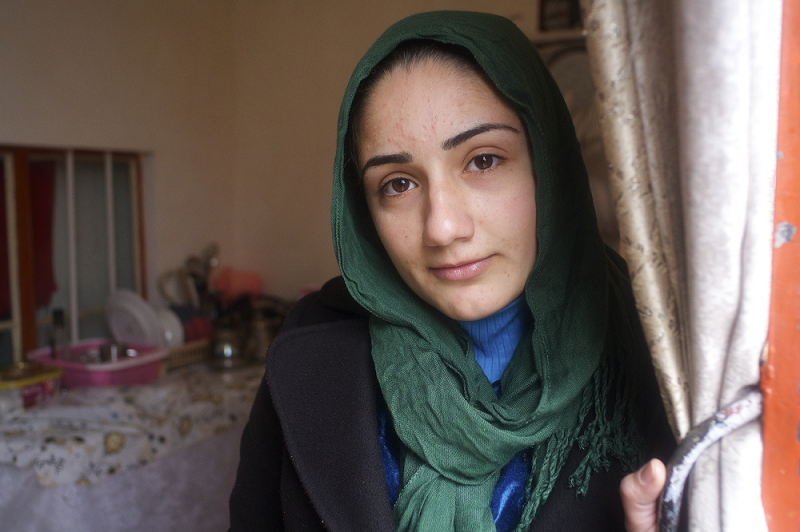
New guidance has been issued to protect children from the heightened risk of violence in the home during COVID-19. This resource – which was published by the Alliance for Child Protection in Humanitarian Action, the Global Partnership to End Violence Against Children, UNICEF and the World Health Organization – sheds light on the challenges children face while sheltered in place, and provides prevention and response mechanisms to combat child abuse.
COVID-19 has placed unbridled stress on families across the world, increasing poverty and food insecurity after jobs and incomes are lost; reducing children’s access to education; disrupting peer and social support networks for children; and multiplying children’s digital activity, among other risk factors.
Any and all of these factors can increase the risk of harm to children who are already trapped in abusive and neglectful situations. But they can also increase the potential for over-stressed caregivers to become violent or abusive.
To tackle these challenges, the guidance presents a table of possible actions to prevent and reduce violence, which is informed by reports from the field. These actions include:
- Influencing social norms and related behaviours to better safeguard children at home
- Providing access to positive parenting resources
- Strengthening the role of schools and education actors to support children in distress
- Strengthening and adapting child helplines
- Supporting families in distress
- Ensuring the continuity of child and family court services
- And more.
It also provides contextual considerations to implementing the above practices, providing advice for adapting programmes and policies to best suit a target community, country or child.
Learn more about the guidance and read it in full.
Photo: UNICEF/UNI155452/Noorani